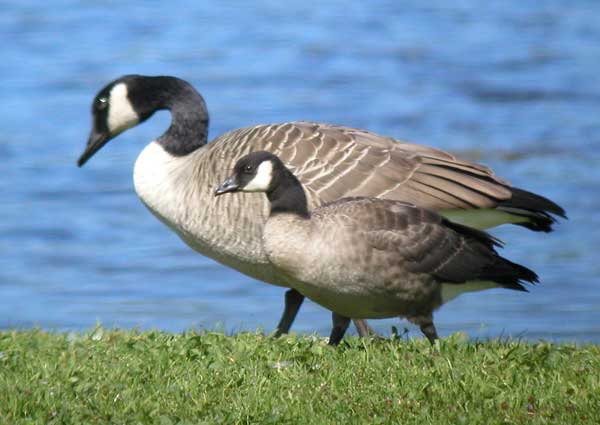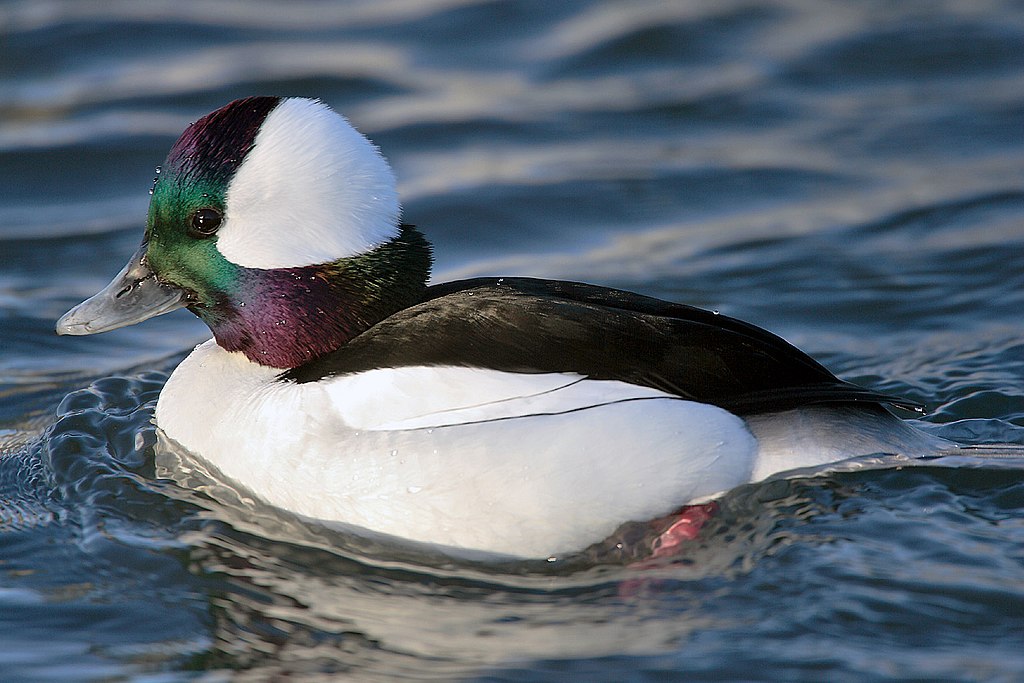This article covers several trips I made this week around Lake Springfield. Over the course of the last month, I have dived into birding- flown to it, perhaps. On Sunday, I revisited Marina Point. Before getting there, I was discussing whether or not the day would be a good birding day. Then I saw this, said "Holy Crap!" and determined it certainly would be:
About a hundred vultures circled the area just east of Lincoln Land Community College's Springfield Campus. This area is a reliable vulture-watching spot, and I can count on my hands the number of times I haven't seen vultures there. These are turkey vultures (Cathartes aura), the only species in this part of Illinois. Black vultures (Coragyps atratus) do not range this far north generally, but in Southern Illinois both species are present. They are easily told apart by the presence of white wing tips on the black vulture.
Geese flew overhead as we continued our journey to Marine Point. It can be seen just left of the diagonal word Lake on this map:

Someone was feeding the mallards when we got there, and the gulls had joined in.
I assume these are ring-billed gulls (Larus delawarensis), the most common species in this part of the world. There were thousands out on the lake. If I knew more about gull-ology, I might have been able to identify several other species. There was more than one species of gull in the area, I knew that much.
A large flock of mallards (Anas platyrhynchos) swam in an opening in the ice south of Bay Island, which is the name of the smaller, eastern island. The larger island with the eagle nest seen in my last post is Marine Island. To the northeast lay a small marina, and a few strange ducks could be seen off this marina...
About twenty common goldeneyes (Bucephala clangula) were sitting off this marina. I had never seen this species of duck before, so it was quite fun. And then I saw a few tip their heads back, in what I found out later to be a courtship ritual. There is one on the bottom left doing so in the following picture, and the bird flying overhead is a Canada Goose.
It would have been far easier to see if the birds had been about four hundred feet closer. Sadly, they decided to inconvenience me by being wild and people-shy. I suppose if you live in glacial ponds in the Canadian taiga, you tend to be a little afraid of these big noisy bipeds running about onshore. After a bit, I decided to revisit the marina in Lake Park, where the picture at the beginning was taken.
Despite the temperature being in the 50's Fahrenheit, the wind was cold and bitter. The mallards bobbed up and down in the water as the waves threw them about.
Hundreds of gulls flew above the water, with even more on the lake itself. No snow geese appeared, and there were only a few resident Canada geese. (In Illinois, this common, brash and dirty species is called a Canadian goose, but to much of the rest of the world, the common name is Canada goose.) Then, the rest of the gulls decided to take off...
There are no words for such a sight. Seeing all these gulls swooping through the air is a spectacle only comparable to a riot. Then what I thought was the highlight of that trip appeared:
They flew over our heads, mistaken for gulls at first. I didn't realize how big these gulls were until I saw them alongside these bald eagles (Haliaeetus leucocephalus) Suprisngly, the gulls didn't seem to pester the eagles. This is the second time in a month I have seen bald eagles, and I am certainly appreciating this fact. I suspect the pair I saw today is the same pair that built the nest on Marine Island. The gull flocks continued to circle closer and closer to us, being blown southeast by the wind.
No, the lens is not dirty. It just looks that way. I have never seen so many birds in the air at one time.
We put the hoods up on our coats as they approached. I've seen too many America's Funniest Videos of gulls with excellent bombing skills.
Even the mallards must have felt the wind, as they hid behind the breakwater. We drove back the same way we had come. The vultures had mostly settled, but a few deer had appeared on the roadside. Then, in an old field in the exact same area we had seen the vultures, we spotted a coyote. It was an excellent end to a productive day of birdwatching, and it was topped when two days later, I returned to the area. The vultures remained, roosting in a grove of pine trees across from a fire station. A few Cackling Geese (Branta hutchinsii) were spotted in a nearby farmfield among Canada Geese (Branta canadensis). They are very similar. Here is a picture, not mine but from Cornell University, that showcases what each bird looks like beside each other:

Of course, the highlight was when I then ventured down to Marina Point and spotted a Bufflehead (Bucephala albeola). Mist was rising off the melting ice on the lake, and the humidity was around 1000%. The fog and lack of people gave the whole point an otherworldly quality. Sadly, I didn;t bring a camera. Here is the bird, with a picture taken from Wikipedia. It kept diving as I watched, so I would lose it and then find it again. It got within about fifty feet of land before diving once more, and at that point, I left. What a great bird!

And then a day later, I went out again twice to this same area. On my way, about a thousand Snow Geese flew overhead, over my neighborhood. Suffice it to say, this happens rarely, especially considering how they flew barely above the tops of the trees. Today was quite windy, so I'm not entirely surprised. The Turkey Vultures have remained constant in their pine grove roost across from the fire station on Toronto Road.
A female Bufflehead was spotted between Marine Point and Marine Island, and a Bald Eagle was also spotted in the same area. About a hundred Common Goldeneyes were seen as well, farther out in the center of the lake. However, the highlight of the day was the Hooded Merganser (Lophodytes cucullatus), of which I did not get a picture. Thankfully, Wikipedia's Ken Billington did:
This duck is another diving duck, but these didn't dive. They swam away. They were in a group with about thirty mallards in the large bay to the left (west) of Marine Point. Unfortunately for us, these hooded mergansers were not okay with being watched and decided to use one of their most successful tricks to hide - they swam out of sight behind private property! Seeing this strange and colorful duck was the top of a wonderful half-week of birding. I have just gotten into this whole birding thing, so beware. More birds are coming.
















No comments:
Post a Comment